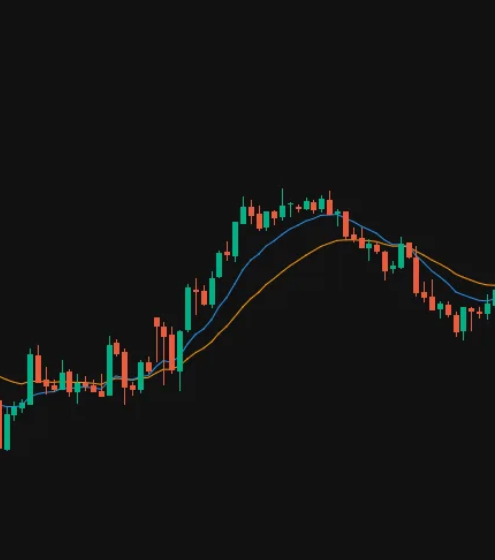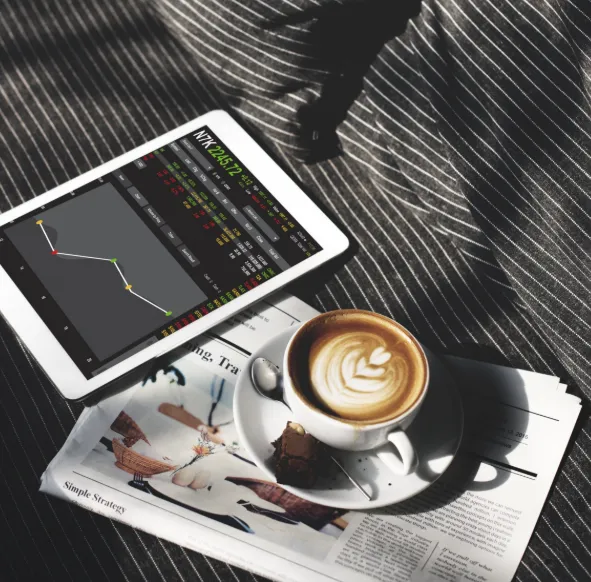In the high-speed world of day trading, making smart, timely decisions is essential. Traders face the constant challenge of acting on limited information while markets shift by the second. This is where technical analysis becomes indispensable. By studying price patterns, volume, and historical data, traders can gain insights into likely price movements and improve their trade timing.
Let’s explore how technical indicators can strengthen your trading approach and which ones are most widely used by day traders today.
Understanding Technical Analysis in Day Trading
Technical analysis focuses on interpreting price action through charts and patterns to identify short-term trading opportunities. Unlike fundamental analysis, which evaluates a company’s financial health, technical analysis is rooted in visual and mathematical interpretations of price and volume data. Day traders use this information to recognize support and resistance levels, trends, reversals, and potential breakout points.
What Are Technical Indicators?
Technical indicators are tools derived from price and volume data. They’re used to identify trends, momentum, volatility, and potential reversals. Most indicators are represented visually on charts as lines, oscillators, or bands to simplify complex data into actionable signals.
These indicators serve two key purposes:
- Clarifying market conditions: They condense vast data into readable signals.
- Highlighting key trade zones: Indicators often point to price areas where reversals, consolidations, or breakouts are more likely to happen.
11 Essential Technical Indicators for Day Traders
1. Average Directional Index (ADX)
The ADX measures trend strength rather than direction. A reading above 25 typically indicates a strong trend, while readings below 20 suggest a lack of clear direction. It’s often used alongside +DI and -DI lines to assess whether bulls or bears are in control.
2. On-Balance Volume (OBV)
OBV analyzes volume relative to price changes to gauge buying and selling pressure. An upward-sloping OBV line suggests accumulation, while a downward-sloping one indicates distribution. It’s helpful in confirming price trends or spotting divergences.
3. Moving Average Convergence Divergence (MACD)
MACD tracks the relationship between two moving averages (commonly 12-day and 26-day EMAs). Crossovers between the MACD and its signal line can signal entry or exit opportunities. Divergence between MACD and price may also suggest trend reversals.
4. Stochastic Oscillator
This indicator compares a security’s closing price to its recent high-low range. Readings above 80 suggest overbought conditions, while levels below 20 indicate oversold conditions. Crossovers between %K and %D lines are also watched for potential trades.
5. Relative Strength Index (RSI)
RSI measures momentum by tracking recent price gains and losses. It ranges from 0 to 100, with levels above 70 seen as overbought and below 30 considered oversold. Traders look for reversals or trend continuations based on RSI divergence.
6. Accumulation/Distribution Line (ADL)
ADL evaluates whether money is flowing into or out of a security by combining price and volume data. It helps traders confirm trend strength or detect possible reversals if the ADL diverges from the price.
7. Fibonacci Retracement
Based on Fibonacci ratios, this tool helps identify possible support and resistance levels after a significant price move. Common retracement levels include 23.6%, 38.2%, 50%, and 61.8%, where prices may pause or reverse.
8. Bollinger Bands
These bands adjust based on market volatility and consist of a moving average with upper and lower bands set two standard deviations away. When price touches or breaks the bands, it may indicate potential reversal or continuation depending on context.
9. Ichimoku Cloud
Combining five different elements, this indicator offers a comprehensive view of support/resistance, trend direction, and momentum. Price movement above the cloud suggests an uptrend, while movement below implies bearish conditions.
10. Volume Weighted Average Price (VWAP)
VWAP calculates the average price a stock has traded at throughout the day, weighted by volume. It’s commonly used as a benchmark to assess whether current prices are favorable for entries or exits.
11. Aroon Indicator
This tool measures the time since a stock hit its highest or lowest point within a period. The Aroon Up and Aroon Down lines help traders assess trend strength and identify new trends or sideways markets.
Using Chart Patterns Alongside Indicators
Chart patterns are visual formations on price charts that often signal future movement. Patterns like head and shoulders, double tops/bottoms, flags, and triangles are frequently used to confirm technical indicator signals.
By combining pattern recognition with indicators, traders can add another layer of validation to their strategies, reducing the likelihood of acting on false signals.
Points to Consider Before Using Technical Indicators
- Avoid indicator overload: Too many indicators can lead to confusion. Focus on a few that suit your trading style and timeframe.
- Watch for false signals: No indicator is foolproof. Combine tools and always use risk controls.
- Customize your approach: Different indicators serve different functions. Choose ones that align with your goals—momentum, trend following, volatility, etc.
Final Thoughts
Technical indicators are powerful allies in the world of day trading. They help clarify price action, guide entries and exits, and provide context in ever-changing markets. The key to using them effectively lies in understanding their purpose, combining them with other tools, and adapting them to your trading style.
When paired with a well-structured plan and strong discipline, these indicators can offer a significant advantage—allowing you to make more confident and calculated decisions in the heat of the trading day.













